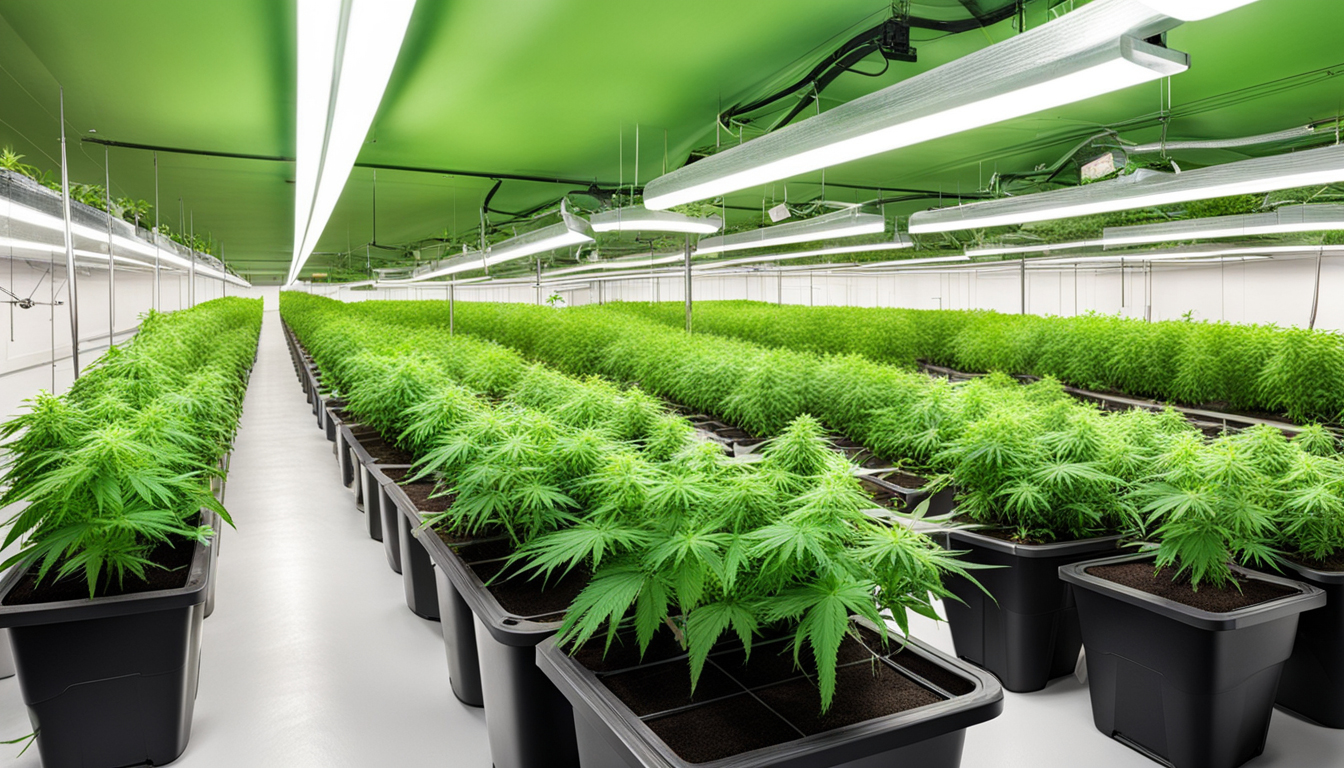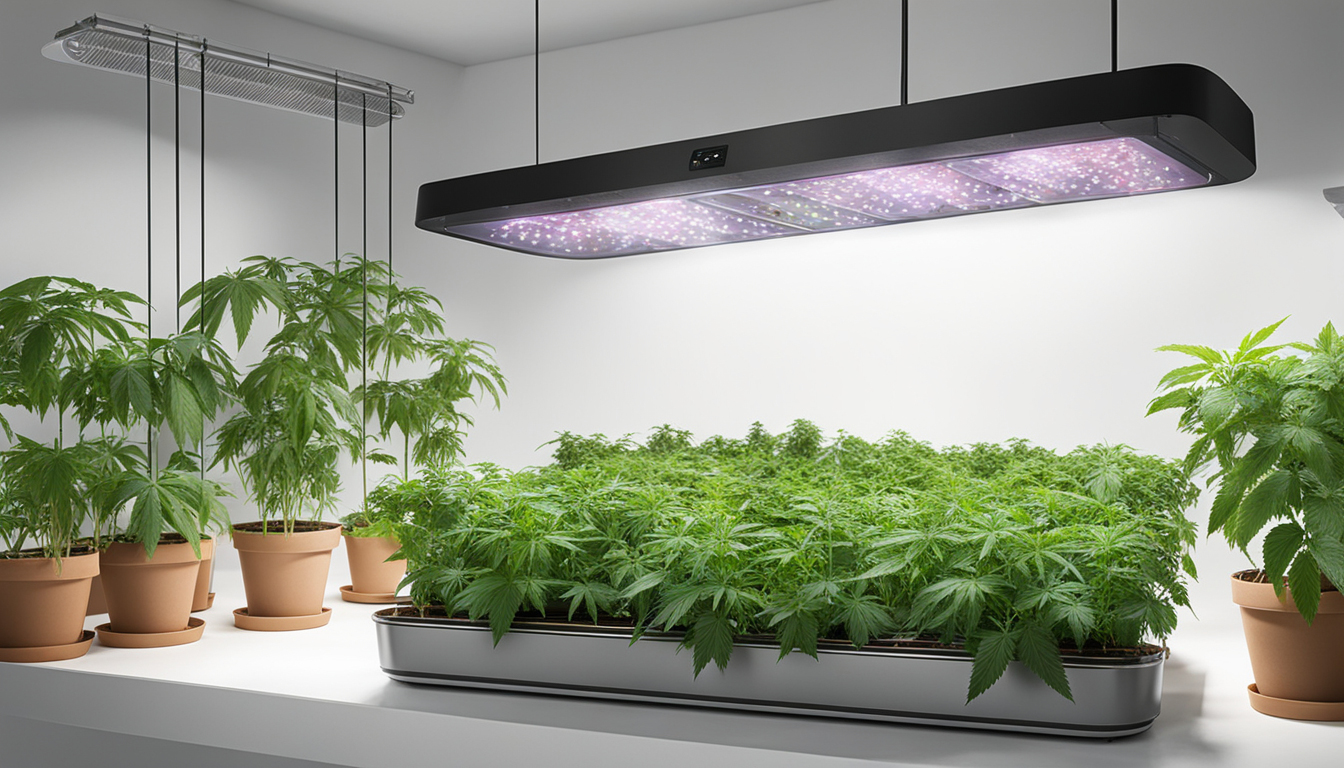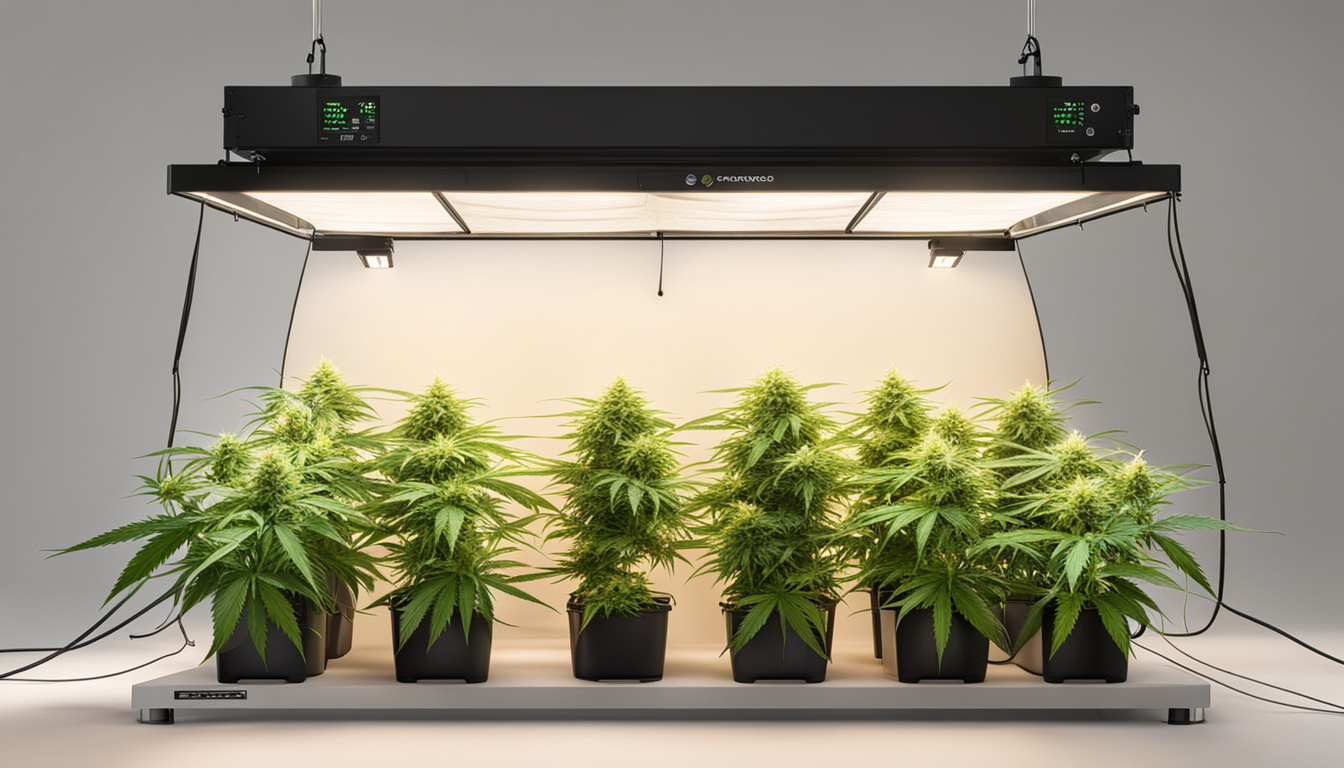
Whether you're beginning cannabis growing or looking to improve your existing harvest, following this complete guide will help you produce bountiful, high-quality yields right at home. With the right equipment, techniques, and care, cultivating pot indoors can be an extremely productive and cost-effective endeavor.
Choosing Cannabis Strains
The first step in planning your indoor harvest is picking the right cannabis varieties to grow. The three main types of marijuana plants each have their own qualities.
Energizing strains
Known for their energizing cerebral effects, sativas grow tall and slender with narrow leaves. They thrive in hotter equatorial climates and have a longer flowering time between 10-12 weeks indoors. Top energizing varieties include Jack Herer, Durban Poison, Super Lemon Haze, and Jack Herer.
Relaxing strains
These strains provide calming body-focused effects and spread short and bushy with wide leaves. Accustomed to colder mountain climates, they bloom faster within 2-2.25 months. Popular relaxing varieties include Northern Lights, Bubba Kush, and Bubba Kush.
Mixed strains
Hybrid strains blend traits from both sativas and indicas. They offer combined effects and have moderate flowering periods around 9-10 weeks. Well-known hybrids are OG Kush, Girl Scout Cookies, and Blue Dream.

Setting Up Your Grow Space
Pot plants need the right controlled environment to succeed. Key factors for indoor farms are lighting, ventilation, layout, and finding the ideal discreet area.
Location
Choose an unused space with direct access to irrigation and electrical outlets. An empty spare room, large closet, basement corner, or cultivation tent securely placed in a garage all make great hidden grow room spots.
Lights
Marijuana requires strong light for all growth stages. LEDs are efficient and come in full spectrum options mimicking real sunlight. Cover 250-400 watts per sq. ft for the growth stage and 20-40 watts per square foot for bloom.
Ventilation
Proper airflow and exhaust systems keep ideal temperature, moisture, and pure CO2 levels. Install low-noise 10-15 cm fans or scrubbers to refresh stale air and reduce odors.
Layout
Optimize your space by positioning plants carefully under the lights and allowing room to access and work around them. Set up separate zones for growth, flowering, curing, and propagation.

Cultivation Mediums
Marijuana can be grown in various substrates, each with pros and cons. Pick a appropriate option for your specific setup and cultivation style.
Soil
The classic medium, soil is inexpensive and simple for beginners. It provides great taste but requires more irrigation and fertilizing to nourish plants. Enrich soil with perlite or coco to enhance drainage.
Coconut coir
Made from coir, reusable coconut fiber retains water but still allows air to the roots. It's more sterile and more predictable than soil. Use coco-specific fertilizers to avoid calcium buildup.
Hydroponics
In water systems, plant roots develop directly in fertilizer irrigation solution. This allows rapid development but needs close monitoring of solution chemistry. Deep water culture and irrigation systems are popular techniques.
Sprouting Seeds
Sprouting activates your marijuana seeds to start sprouting radicles. This prepares them for planting into their cultivation medium.
Paper Towel Method
Place seeds between moist paper towel and keep them moist. Inspect after a week for emerging taproots showing sprouting is complete.
Direct Planting
Plant seeds right grow weed guide into wetted growing medium 6mm deep. Gently water and wait 7-14 days until sprouts push through the surface.
Rockwool Cubes
Presoak rockwool cubes in pH-adjusted water. Place seeds 1⁄4 inch deep into the cubes. Keep cubes moist until sprouts appear within a week to 2 weeks.
Transplanting Seedlings
Once germinated, pot young plants need to be transplanted to avoid crowding. Move them into proper sized pots.
Preparing Containers
Fill final pots with cultivation medium enriched with slow-release nutrients. Let pots to soak up water overnight before transplanting.
Carefully Transplanting
Gently loosen young roots from sprouting medium using a spade. Place into prepared container at same depth as before and lightly water in.
Growth Stage
The growth stage encourages foliage and plant structure through 18-24 hours of daily light intensity. This stage usually lasts 1-2 months.
Using 3/4 to full day of Light
Use grow lights on a 24 hour cycle or natural sunlight to trigger constant growth. Lamp output influences height and node distance.
Nutrients
Use grow stage nutrients higher in nitrogen. Make sure pH stays around 5.8-6.3 for full nutrient absorption. Feed 25-50% concentration after 14 days and strengthen slowly.
LST and topping
Fimming, LST, and trellising direct shoot shapes for flat foliage. This boosts yields.

Bloom Stage
The blooming stage grows buds as plants show their sex under a 12/12 cycle timing. It lasts 2-3 months depending on strain.
Switching to 12/12
Switch lamps to 12/12 or place outdoors for natural 12 hour Click Here cycle. This triggers plants to start flowering.
Flushing
Leaching removes nutrient salts to enhance flavor. Fertilize weakly the first period then just use pH'd water the final 2 weeks.
Flushing
Continue 12 hour photoperiod but leach using pH-balanced water only. Resume clean watering if buds aren't yet mature after two weeks.
Harvesting
Knowing when cannabis is completely mature ensures maximum potency and aroma. Cut down plants at peak ripeness.
Signs of readiness
Look for swollen calyxes, faded pistils, and 5-15% amber trichomes. Check buds around the plant as they don't all mature evenly.
Harvesting plants
Use clean, sharp trimming scissors to gently cut each plant at the base. Keep 5-10cm of stem attached.
Curing
Hang whole plants or colas upside down in a dark room with moderate temp and humidity around 45-65% for 7-14 days.
Aging
Aging continues desiccating while aging the buds like aged spirits. This technique smooths bitterness and further develops cannabinoid contents.
Jars and Humidity
Manicure dried buds from branches and store into glass jars, packing about 3⁄4 full. Use a sensor to measure container humidity.
Burping Daily
Unseal jars for a few hours each day to slowly reduce humidity. Rehydrate buds if humidity goes under 55%.
Final Cure
After 14-21 days when humidity levels off around 55-65%, do a final manicure and store forever in sealed jars.
Troubleshooting
Even experienced cultivators run into various pot plant problems. Identify problems early and fix them properly to keep a healthy garden.
Nutrient Deficiencies
Chlorosis often indicate insufficient nitrogen. Anthocyanins and leaves show low phosphorus. Check pH and boost nutrients slowly.
Pests
Thrips, aphids, fungus gnats, mites, and root aphids are frequent weed pests. Use organic sprays, ladybugs, and yellow traps for organic control.
Mold
Excessive humidity promotes botrytis and bud rot. Increase airflow and circulation while reducing humidity under 50% during bloom.

Conclusion
With this complete indoor weed growing guide, you now have the info to cultivate plentiful potent buds for private grows. Apply Discover More these steps and techniques throughout the germination, growth, and bloom stages. Invest in quality equipment and closely check on your plants. In time, you'll be compensated with frosty aromatic buds you grew yourself under the patient guidance of your green hands. Good luck cultivating!